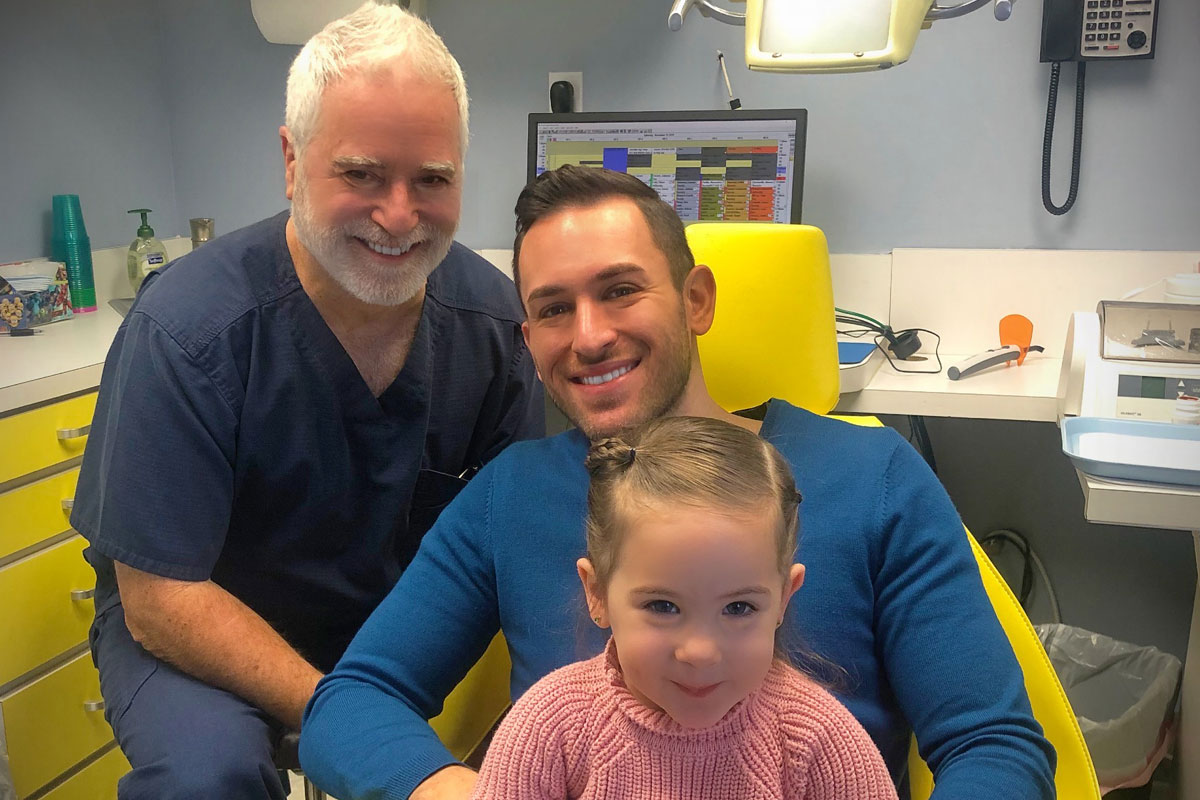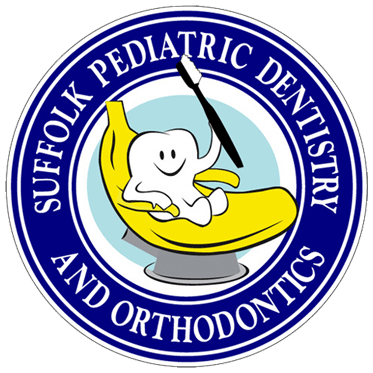Interceptive Orthodontics on Long Island

Suffolk Pediatric Dentistry and Orthodontics provides interceptive orthodontic services for children in Long Island, NY. Call us at one of our 5 locations in Port Jefferson Station, Wading River, Sayville, Smithtown, and Medford to learn more and schedule your appointment.
The goal of interceptive orthodontics is to influence the development of the teeth and jaw as a child is still growing in order to minimize or even eliminate time needed in braces as a teenager. While this may be a different approach than what you experienced when you were a child, it’s now the standard in orthodontics and it has the ability to produce much better results.
Also known as phase one orthodontic treatment, interceptive orthodontics usually involves one or more devices used to guide development or prevent problems from forming. These appliances include:
Habit Appliances
Many children develop a habit of sucking on fingers and thumbs when they’re infants; this is a perfectly normal self-soothing strategy at the time, but when it carries through to toddlerhood, it can begin to influence jaw development. Habit devices can be used to stop this behavior and also to help retrain an improper tongue position or swallowing pattern. Habit appliances are typically banded for adhesion to the back molars and can only be removed by your child’s orthodontist.
Space Maintainers
Sometimes a baby tooth falls out before it should, either due to an accident, decay, or other reasons. When early tooth loss occurs, we use space maintainers to keep adjacent teeth from drifting into the space left open. This allows us to make sure there’s room for adult teeth to erupt when it’s time. Space maintainers are made of stainless steel or plastic and they can be either fixed to the teeth or removable.
Palate Expander Devices
Palate expanders help us prevent tooth misalignment and malocclusion, but it can also help patients breathe better. Palatal expander devices are made with plastic and metal and most are designed to rest against the palate. PEDs are bonded to the upper molars to hold them in place, although sometimes removable PEDs may be an option. Parents are given a special key that allows them to make small adjustments to the PED every day to gradually expand the size of the palate. While every child is different, most patients wear PEDs for three to six months.
Children as young as five may start interceptive orthodontics treatment. Depending on your child’s orthodontic needs and the devices used in his or her treatment, we may want to see them for office visits as frequently as every four weeks, or only every few months to monitor development.
Call us today to schedule your appointment.
Frequently Asked Questions About Interceptive Orthodontics
What is interceptive orthodontics?
Interceptive orthodontics is a form of early orthodontic treatment that uses removable or fixed appliances to influence the development of the jaw to prevent malocclusion and ensure that adult teeth erupt properly when the time comes.
What is the purpose of interceptive orthodontic treatment?
Preventing orthodontic issues is much more effective than waiting for problems to occur and then correcting them—in fact, many problems with the jaw and bite are impossible to correct once a child reaches their teens. Interceptive orthodontics provides better outcomes for patients than orthodontic braces alone.
What is the best age for interceptive orthodontic treatment?
The best age to start interceptive orthodontic treatment is whenever your child needs it! It’s recommended that children receive their first orthodontic evaluation at the age of five; if they don’t need interceptive orthodontic treatment at this time, we will schedule regular appointments to monitor their development so we’re able to begin treatment if or when it is needed. Not all children require interceptive orthodontics, but for those who do, it’s important to take a proactive approach.
Are space maintainers painful?
No, space maintainers aren’t painful. While there may be some discomfort when a space maintainer is first placed, these are passive devices that simply hold open a space for an adult tooth. Unlike other orthodontic appliances, there’s no pushing or pulling.
What is a harmful habit appliance?
Harmful habit appliance and habit breaking appliance are two additional terms used to describe habit appliances. These interceptive orthodontic appliances help break oral habits like thumb sucking, finger sucking, and tongue thrust.
Call us today to schedule your appointment.
